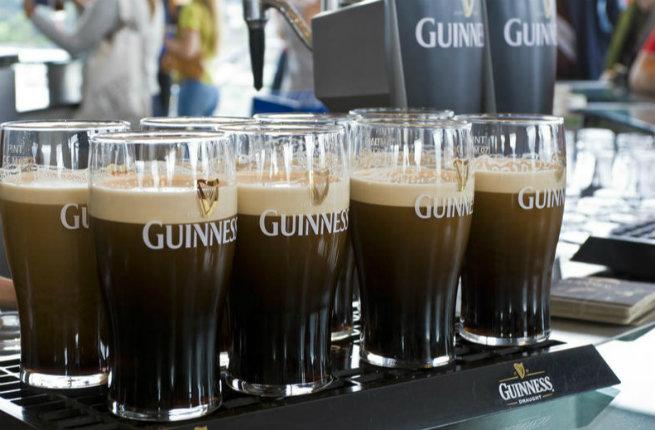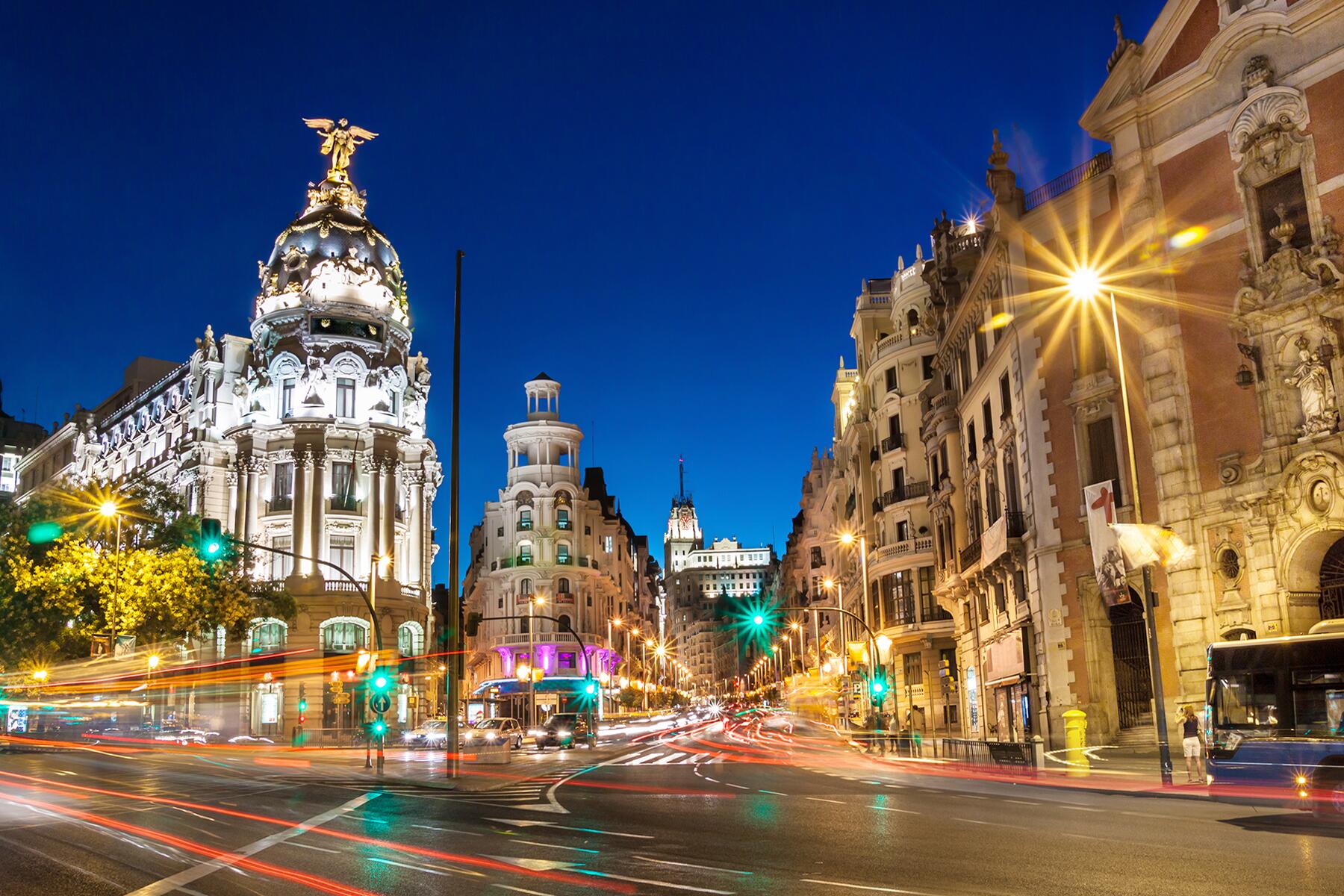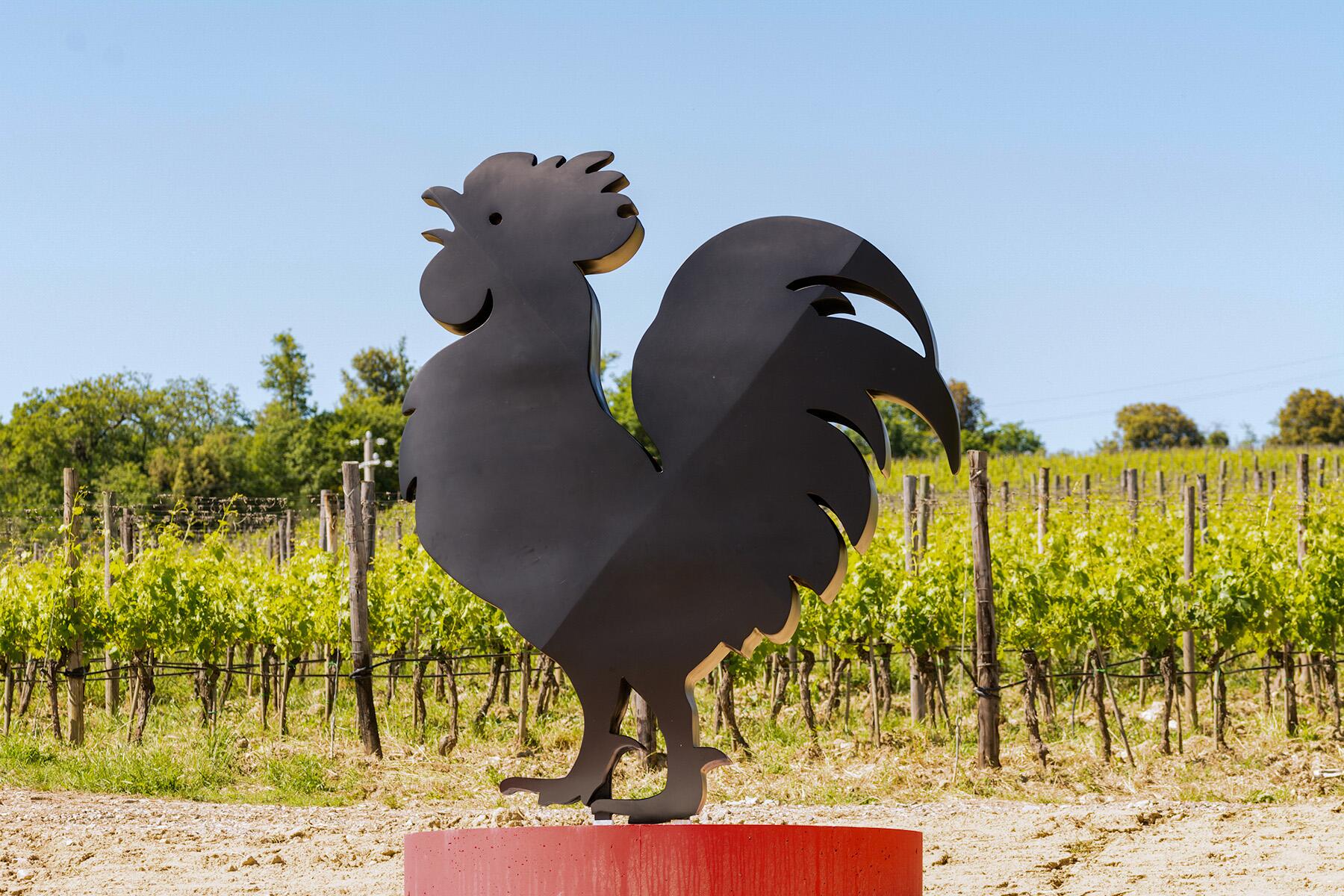
Let’s get this out of the way first: people come to Dublin to drink. Yes, there’s some amazing history and yes, there are some lovely and quaint streets, and yes, there are some of the friendliest people you’ll ever meet. But there’s also Guinness, and so when you visit Dublin, you’re going to try some Guinness. No other brand of beer (perhaps no other brand of alcohol, period) is quite as connected with a city like Guinness is with Ireland’s capital. But don’t just grab a pint at the nearest pub and call it a day. Here’s how to make the most of your time in the land of the Black Stuff.
Know the basics
In 1759, a man named Arthur Guinness decided he wanted to try his hand at brewing ale, and signed a 9,000 year lease for the disused brewery at St. James Gate. At just £45 a year, it was the steal of the millennium. In 1778, Guinness decided he wanted to concentrate on selling a darker brew known as a porter, and the rest is history. Throughout the 1800s, Guinness began expanding their brewing empire internationally, officially becoming the largest brewery in the world by 1886.
While the exact recipe for Guinness has evolved over the decades, when you ask for a Guinness today, you’re most likely going to get a Guinness Draught, which was first developed in 1959. A classic stout beer, it’s smooth and creamy with flavors of roasted malt and barley. You’ll hear a lot about the “perfect pour” required to get the best taste; the distinctive black of the bottom needs to be separated perfectly from the rich white foam on top.
Recommended Fodor’s Video
Take a tour of the Guinness Storehouse

Apologies for being obvious, but the best way to start your introduction to Guinness is here, at the number one ranked tourism attraction in all of Ireland. Located right where Arthur Guinness first began his brewing company, not too far from the banks of the Liffey, a tour through the seven floors of the Storehouse (designed in the shape of the world’s tallest pint glass) gives you a close look at the history of Guinness and how it’s been brewed throughout the years. Interactive exhibits include a look into various aspects of the brand, from bottling to shipping (which might sound bit dull, but these exhibits, especially the recently redesigned advertising section, are a fascinating look at how much the beer industry has changed over hundreds of years), a multi-sensory tasting experience, and a lesson on how to pour the perfect pint.
Every visit ends with a complimentary pint at the Gravity Bar at the top of the Storehouse. Dublin might not exactly be known for its skyline, but the panoramic views from the bar are definitely unlike anything else you can get in the city (and it’s the perfect place to show off your pint on Instagram—the bar is one of the most Instagrammed places in town).
Sample a true Guinness stew (or burger, or brown bread)
The idea that Guinness is good for you has stayed with Dubliners enough to inspire them to incorporate the beer into many a hearty meal. You’ll find plenty of pub menus that feature Guinness stews and burgers (which simply mean that the meat has been cooked in Guinness), but your best option is to have a meal at the Storehouse itself. Three restaurants are located within the Storehouse, all using local Irish ingredients in recipes conceptualized by Irish chef Justin O’Connor. The staff is delighted to let you in on the secrets of a good Guinness food pairing (hint: oysters are meant to be eaten with a nice cold Guinness). Guinness brown bread is the stuff of legend, and don’t leave without nabbing a copy of the recipe for yourself.
You also have the option to book a seat at the Connoisseur Bar, a privately-led journey into Guinness food and beer pairings located in a secret bar within the Storehouse, with a specialist on-hand to describe the many flavors to you.
Learn the connection between Guinness and Irish history

Dublin has a long history, and it’s interesting to find out just how much of that history is tied with the Guinness family. Dublin’s growth as a major city and the success of Guinness happened just around the same time, each having an undeniable effect on the other; Guinness wouldn’t have been able to grow if Dublin wasn’t the kind of city capable of supporting an international enterprise, and Dublin wouldn’t be the city it is today without the influence of Arthur and his descendants.
Any historical walking tour will take you to places the family had a hand in building. St. Stephen’s Green, the Victorian park located in the heart of the city, was once a private park that could only be accessed by residents of the surrounding buildings; it only became open to the public after Sir Arthur Edward Guinness brought the matter to Parliament. St. Patrick’s Cathedral, the largest church in Ireland, was built in 1191, but it was completely restored in 1860 thanks to the funding of Sir Benjamin Lee Guinness. A visit to Trinity College and its famous library will put you face-to-face with the original Brian Boru harp dating back to the 13th century; it’s also the inspiration behind Guinness’s famous logo.
Broaden your horizons beyond the Guinness Draught
Yes, a Guinness Draught does taste different (aka better) in Ireland (because the ingredients are fresher, not because they use water right from the Liffey, as some locals insist), so of course you’re going to want to savor as many pints of those as possible. But there are dozens of other types of brews made by Guinness, many of which are only available in Ireland or certain other countries. The company is constantly introducing new beers to different pubs across the city, so be on the look-out for brews like the Nitro IPA, the Dublin Porter, or the Hop House 13 Lager.
The Storehouse has also introduced a “Your Guinness, Your Way” program designed to introduce visitors to new ways to taste and experience the flavors of Guinness. The new menu allows you to sample drinks like the sweet Guinness and Blackcurrant mix; the refreshing Guinness Foreign Extra Stout over ice; and the crisp Guinness Black Velvet, a mix of Extra Stout and champagne.
Explore the Guinness Archives

If you’re a true history buff and/or want more Guinness but need a break from actually drinking, take an afternoon trip to the Guinness Archives, located inside the Storehouse. The archives consist of thousands of records and artifacts dating back to 1759, with the in-house team of archivists still discovering new information and history every day. Wannabe home-brewers can pick up old-school tips from the original masters, while those interested in tracing their family history can find extensive records of any family members who once worked at the brewery. If you’re lucky, they might let you see a copy of the original, top-secret recipe for Guinness (but will politely insist on covering up the full recipe if you try to get a picture).
Access to the archives is by appointment only—you need to be a “researcher” in order to visit, but the Guinness team doesn’t have strict standards on what this means; if you’re genuinely curious about a particular aspect of Guinness history, they’re happy to assist you in learning more.
PLAN YOUR TRIP with Fodor’s Dublin Guide


